Лекция от 22 ноември
І. Представленията през класическата епоха. Разпространение на театъра
1. Празниците в чест на Дионис.
2. Организация на представленията
3. Разцвет и упадък на класическата трагедия. Театърът през Римската епоха
ІІ. Аристотел за трагедията
1. История на жанра
Аристотел твърди, че трагедийното представление започва от диалога (размяната на реплики) между дитирамбичния хор и корифея му. В началото трагедията представяла митични сценки по комичен начин (вероятно защото е свързана с Дионис и несериозната му свита от сатири), но после станала сериозна.
Броят на актьорите (лицата, които са можели да се появят едновременно на сцената) се увеличил до трима благодарение на Есхил и Софокъл. Също така те намалили обема на хоровите партии и увеличили броя на епизодите (1449а). Така фабулата станала по-сложна - с перипетии и разпознавания.
Еврипид е наречен "най-трагичният" (tragikotatos), което сега изглежда неясно, тъй като някои от запазените му трагедии не отговарят на Аристотеловите изисквания за добра трагедия (примерно, не всички завършват с нещастие, не навсякъде главният герой извършва голяма грешка, за която следва наказание).
Все пак още при Аристотел на тримата най-известни трагици се обръща най-голямо внимание. "Едип цар" на няколко места се посочва като пример за успешна трагедия.
2. Що е трагедия. Как се прави добра трагедия
Съществено е изискването за сериозност на ставащото; за това, че то трябва да предизвиква страх (за предстоящото) и състрадание (за вече станалото) у зрителя. Катарзисът вероятно е резултат от съгласието, че героят е справедливо сполетян от нещастието си.
Действието трябва да е завършено - това значи, че трябва да се види как главният герой преминава от щастие към нещастие. За да задържа интереса на зрителя, то трябва да показва перипетии и разпознавания.
Перипетията е временно насочване на действието към изход, обратен на очаквания. Примерно, в "Едип цар" от Коринт идва пратеник, който казва, че бащата на Едип е умрял. Едип е радостен, защото мисли, че това е опровержение на предсказанието, че той ще стане убиец на баща си. Но пратеникът го изплашва със съобщението, че Полиб не му е бил истински баща, а осиновител. Това е перипетия (обикаляне, придвижване със заобиколки).
Разпознаването е изненадваща среща с някого след дълга раздяла; и установяване, че това е "онзи човек". В "Едип" Йокаста разпознава в съпруга си Едип своя подхвърлен преди десетилетия син; същевременно узнава (друг вид разпознаване), че той е убиецът на предишния й съпруг Лай. Слугата пък разпознава в лицето на царя Едип детето, което някога е предал на човек, който после го занесъл в Коринт. В трагедиите за завръщането и отмъщението на Орест често се показва срещата със сестра му Електра, при която те се разпознават. Разпознавания има още при Омир - в "Одисея", когато близките на Одисей го разпознават един след друг и в различни ситуации.
ІІІ. Трагедията и другите жанрове
IV. Съвременни учени за трагедията
Traditionally, the criticism of tragedy has assumed that there is (or should be) something that can be called a 'true' tragic plot. The most widely accepted master narrative is an integral part of the Aristotelian tradition that for centuries dominated tragic criticism and is still surpisingly resilient today. This schema emphasises hamartia, generally understood as the 'tragic flaw' of overweening pride, and its punishment. The tragic hero, although caught in circumstances beyond his ken and control, is finally to be understood as destroyed by the gods (or fate) because of his own failings. Even cursory examination of the plots of the extant tragedies will suggest some obvious ways in which this schema is inadequate and even irrelevant...It has at any rate created an situation in which the small corpus of surviving Greek tragedy has been further subdivided, leaving only a tiny group universally recognised as 'true' tragedies. The rest are treated as failed attempts at tragedy, relegated to mixed genres invented ad hoc, or left to specialists.
'Conflict' has been a central term in criticism of tragedy only since Hegel's Vorlesungen uber die Aesthetik of the 1820s, surprisingly, since from our perspective it is in many ways the crucial one...
In speaking of story patterns, I am not claiming to isolate a set of master plots to which all the narrative forms of tragedy can be referred; I am simply highlighting particular forms used repeatedly by the tragic poets in shaping their plots... The commonest of these story patterns are those I shall refer to as retribution, sacrifice, supplication, rescue and return-recognition.
Peter Burian
Yet despite tragedy’s ethnic plurality, and its interest in heroes and communities spread over vast distances across the known world, the Athenian focus, the ‘Athenocentrism’ of tragedy is manifested in several ways. Many plays include explicit panegyrics of Athens, for example in Aeschylus’Persians (231-45) and Sophocles’Oedipus at Colonus (668-719); the women of Troy, about to be sent off to slavery in Greece, hope that their destination is Athens (Trojan Women, 208-209). Secondly, even plays, with no obvious Athenian focus often include an aition, an explanation through myth, of the origins of an Athenian custom (Iphigenia among the Taurians, 1459-69). Thirdly, the tragedians used communities other than Athens as sites for ethnic self-definition; the barbarian world often functions in the tragic imagination as the home of vices (for example, Persian despotism, Thracian lawlessness, eastern effeminacy and cowardice) conceived as correlatives to the idealised Athenian democratic virtues of freedom of speech, equality before the law, and masculine courage. Nearer home it can also be helpful to see other Greek cities, especially Thebes, as imagined communities whose negative characteristics are partly determined by their deviation from the Athenians’ own positive self-representations...
Fourthly, a subspecies of tragedy emerged enacting transparently ‘patriotic’ myths, concerned with the early mythical history of Athens and Attica, and stressing such vital components of the Athenians’ identity as their claim to autochthony. The repertoire included Euripides’ Suppliant Women, Ion, and his Erechtheus, of which considerable fragments survive...
Even in plays set in Athenian territory, the Athenian characters always interact with representatives of other city-states. Some plots seek to display the superiority of Athenian democratic culture over other cities, especially Thebes or Argos, and imply that Athens is entitled to the imperial role of ‘moral policeman’ in Greece. In Euripides’ Suppliant Women Theseus, the mythical founder of the Athenian democracy, is portrayed as a pious and egalitarian constitutional monarch of a democracy (352-353). He takes action against the despotic Thebans to impose ‘the common law of Hellas’ protecting the rights of the dead.
The Athenocentrism of tragedy is revealed when myths involving heroes from other cities are manipulated to serve Athenian interests. Until the sixth century Athens had enshrined little of its own local mythology in poetry and art; it had no hero equal in status to Heracles, Achilles, Orestes, Agamemnon, or Oedipus. There was an attempt in the late sixth and fifth centuries to develop a nexus of myths around the Athenian king Theseus, who appears in several tragedies; but the Argive, Theban, and other non-Athenian heroes from the old epic cycle, while remaining central to tragedy, are often appropriated to the Athenian past, in each case conferring on the city some special advantage.
Edith Hall
Библиография:
Аристотел. За поетическото изкуство. Превод Александър Ничев. "Наука и изкуство", 1975.
Peter Burian. Myth and muthos:the shaping of tragic plot. In: P.E. Easterling ed. The Cambridge Companion to Greek Tragedy. Cambridge UP, 1997-2004.
Edith Hall. The Sociology of Athenian tragedy. In: P.E. Easterling ed. The Cambridge Companion to Greek Tragedy. Cambridge UP, 1997-2004.
About the Latin Academy in the Vatican
13 years ago
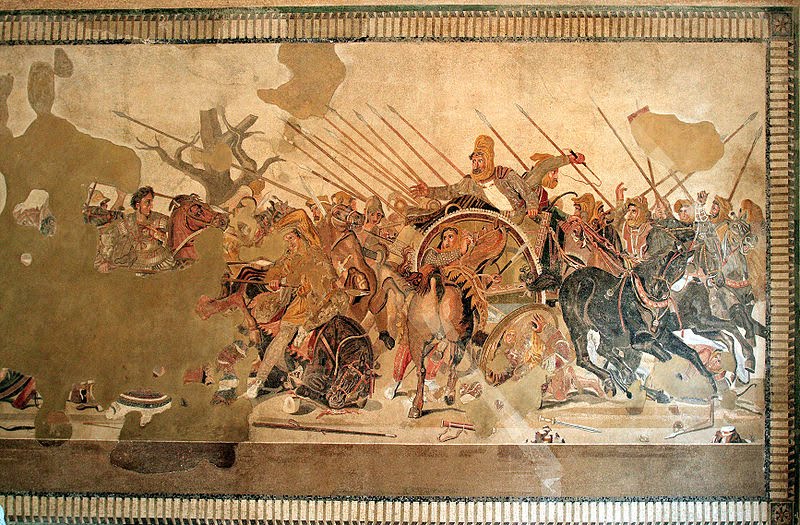
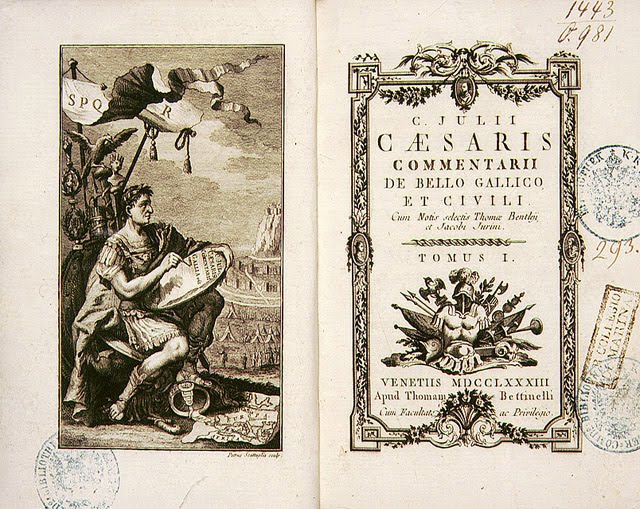
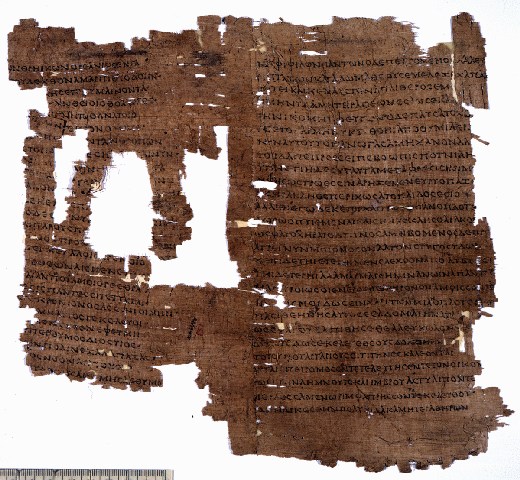
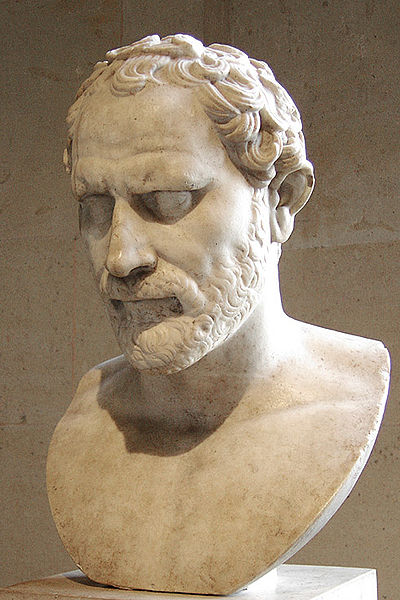


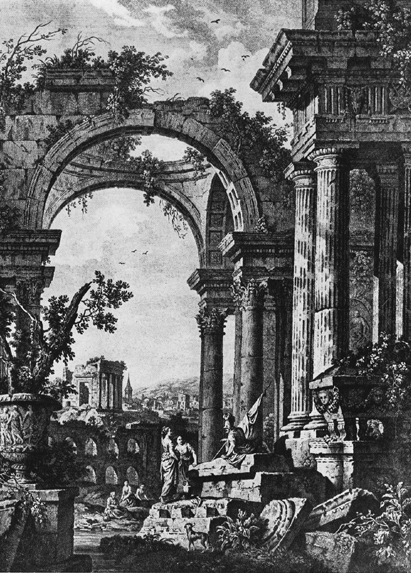




No comments:
Post a Comment